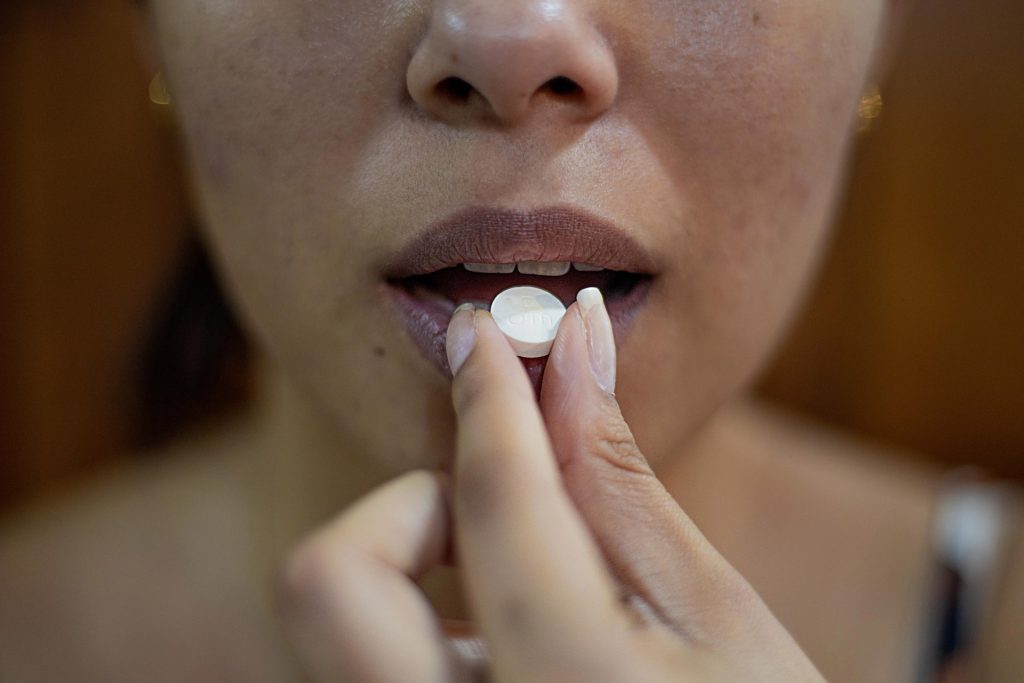Genetic Study Points to Oxytocin as Possible Treatment for Obesity and Postnatal Depression

Scientists have identified a gene which, when missing or impaired, can cause obesity, behavioural problems and, in mothers, postnatal depression. The discovery, reported on 2 July in Cell, may have wider implications for the treatment of postnatal depression, with a study in mice suggesting that oxytocin may alleviate symptoms.
Obesity and postnatal depression are significant global health problems. Postnatal depression affects more than one in 10 women within a year of giving birth and is linked to an increased risk of suicide, which accounts for as many as one in five maternal deaths in high income countries. Meanwhile, obesity has more than doubled in adults since 1990 and quadrupled in adolescents, according to the World Health Organization.
While investigating two boys from different families with severe obesity, anxiety, autism, and behavioural problems triggered by sounds or smells, a team led by scientists at the University of Cambridge, UK, and Baylor College of Medicine, Houston, USA, discovered that the boys were missing a single gene, known as TRPC5, which sits on the X chromosome.
Further investigation revealed that both boys inherited the gene deletion from their mothers, who were missing the gene on one of their X chromosomes. The mothers also had obesity, but in addition had experienced postnatal depression.
To test if it was the TRPC5 gene that was causing the problems in the boys and their mothers, the researchers turned to animal models, genetically-engineering mice with a defective version of the gene (Trpc5 in mice).
Male mice with this defective gene displayed the same problems as the boys, including weight gain, anxiety, a dislike of social interactions, and aggressive behaviour. Female mice displayed the same behaviours, but when they became mothers, they also displayed depressive behaviour and impaired maternal care. Interestingly, male mice and female mice who were not mothers but carried the mutation did not show depression-like behaviour.
Dr Yong Xu, Associate Director for Basic Sciences at the USDA/ARS Children’s Nutrition Research Center at Baylor College of Medicine, said: “What we saw in those mice was quite remarkable. They displayed very similar behaviours to those seen in people missing the TRPC5 gene, which in mothers included signs of depression and a difficulty caring for their babies. This shows us that this gene is causing these behaviours.”
TRPC5 is one of a family of genes that are involved in detecting sensory signals, such as heat, taste and touch. This particular gene acts on a pathway in the hypothalamus region of the brain, where it is known to control appetite.
When the researchers looked in more detail at this brain region, they discovered that TRPC5 acts on oxytocin neurons – nerve cells that produce the hormone oxytocin, often nicknamed the ‘love hormone’ because of its release in response to displays of affection, emotion and bonding.
Deleting the gene from these oxytocin neurons led to otherwise healthy mice showing similar signs of anxiety, overeating and impaired sociability, and, in the case of mothers, postnatal depression. Restoring the gene in these neurons reduced body weight and symptoms of anxiety and postnatal depression.
In addition to acting on oxytocin neurons, the team showed that TRPC5 also acts on so-called POMC neurons, which have been known for some time to play an important role in regulating weight. Children in whom the POMC gene is not working properly often have an insatiable appetite and gain weight from an early age.
Professor Sadaf Farooqi from the Institute of Metabolic Science at the University of Cambridge said: “There’s a reason why people lacking TRPC5 develop all of these conditions. We’ve known for a long time that the hypothalamus plays a key role in regulating ‘instinctive behaviours’ – which enable humans and animals to survive – such as looking for food, social interaction, the flight or fight response, and caring for their infants. Our work shows that TRPC5 acts on oxytocin neurons in the hypothalamus to play a critical role in regulating our instincts.”
While deletions of the TRPC5 gene are rare, an analysis of DNA samples from around 500,000 individuals in UK Biobank revealed 369 people – around three-quarters of whom were women – that carried variants of the gene and had a higher-than-average body mass index.
The researchers say their findings suggests that restoring oxytocin could help treat people with missing or defective TRPC5 genes, and potentially mothers experiencing postnatal depression.
Professor Farooqi said: “While some genetic conditions such as TRPC5 deficiency are very rare, they teach us important lessons about how the body works. In this instance, we have made a breakthrough in understanding postnatal depression, a serious health problem about which very little is known despite many decades of research. And importantly, it may point to oxytocin as a possible treatment for some mothers with this condition.”
There is already evidence in animals that the oxytocin system is involved in both depression and in maternal care and there have been small trials into the use of oxytocin as a treatment. The team say their work provides direct proof of oxytocin’s role, which will be crucial in supporting bigger, multi-centre trials.
Professor Farooqi added: “This research reminds us that many behaviours which we assume are entirely under our control have a strong basis in biology, whether that’s our eating behaviour, anxiety or postnatal depression. We need to be more understanding and sympathetic towards people who suffer with these conditions.”
This work was supported by Wellcome, the National Institute for Health and Care Research (NIHR), NIHR Cambridge Biomedical Research Centre, Botnar Fondation and Bernard Wolfe Health Neuroscience Endowment.
Source: University of Cambridge.
The original text of this story is licensed under a Creative Commons Attribution-NonCommercial-ShareAlike 4.0 International License.









